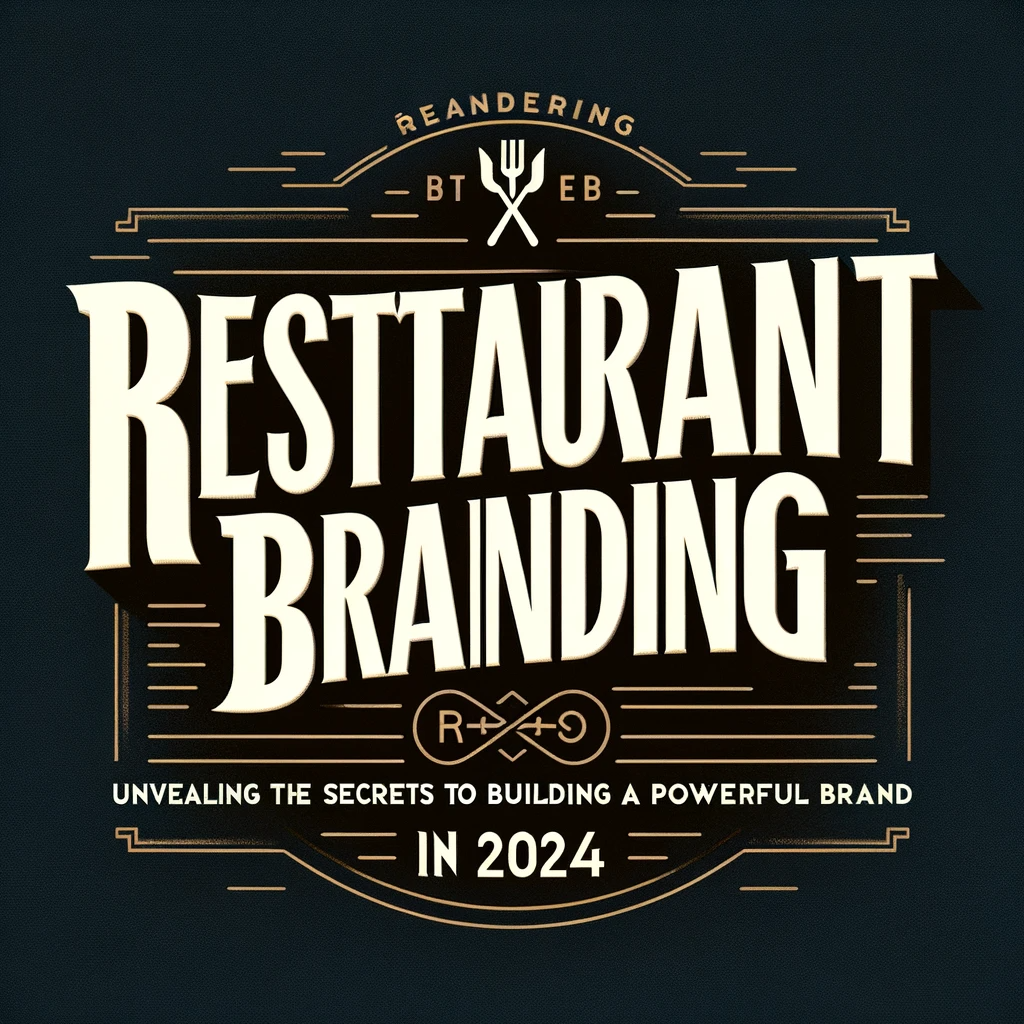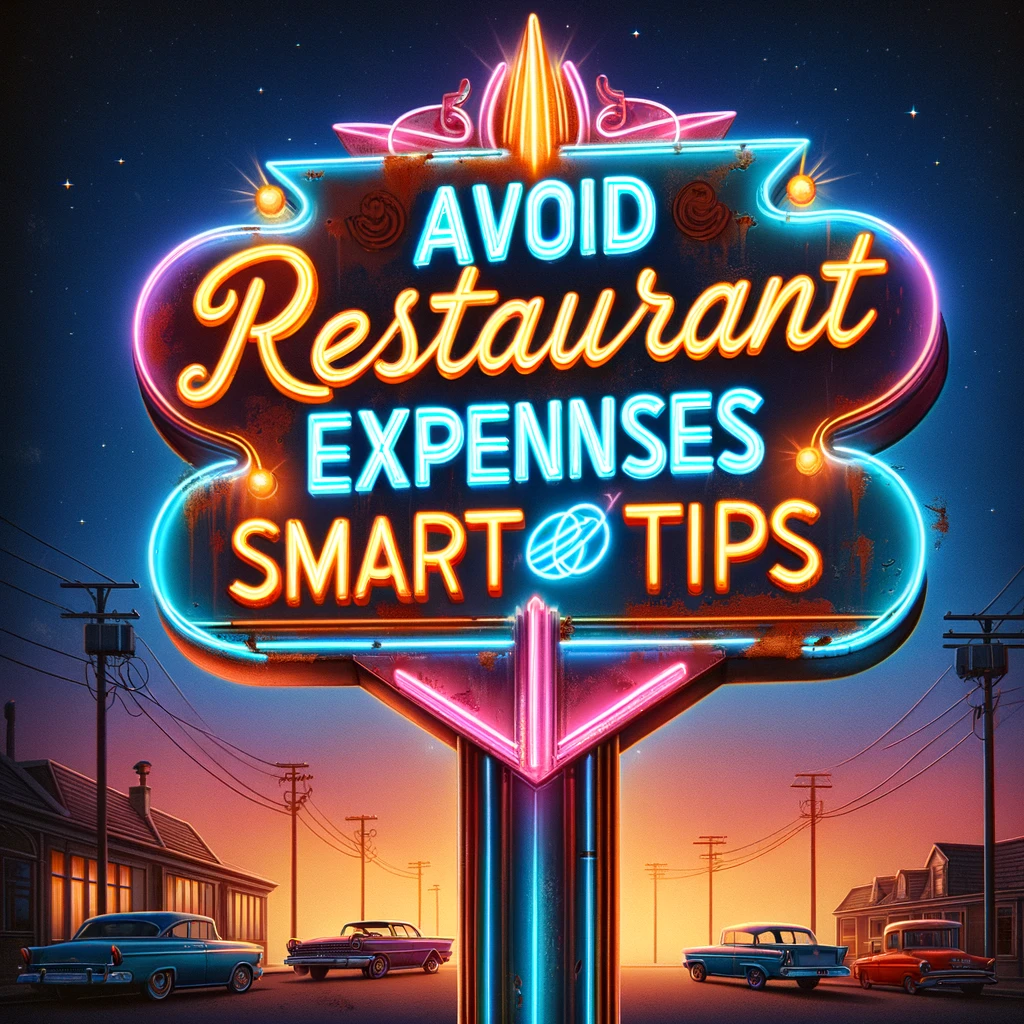Running a restaurant is tricky, especially when it comes to keeping your inventory in check. Inefficient practices, poor storage, and sneaky fingers can drain your profits faster than you can say “soup’s on!” But fear not, fellow restaurateurs! By avoiding these seven common pitfalls, you can whip your inventory management into shape and boost your bottom line.
Sin #1: The Inconsistent Count-down
Inaccurate counts are like cooking with expired ingredients – a recipe for disaster. Schedule regular counts on the same day and time, before or after service, to catch anomalies quickly. Don’t forget prepped items, they count too! Use these counts to set realistic par levels and avoid over-ordering.
Sin #2: The Forecasting Faux Pas
Excess inventory is like money locked in a freezer. Aim for around 7 days’ worth on hand. Use sales data and trends to forecast accurately. Consider consolidating vendors and deliveries to save money and reduce waste.
Sin #3: The Disparate Systems Debacle
Juggling multiple, unconnected systems is a recipe for chaos and errors. Integrate your POS and inventory software to automate tasks like recipe tracking, invoice uploads, and price updates. Remember, your accounting software needs to play nicely too!
Sin #4: The Receiving Room Rumble
Sloppy receiving throws off your entire inventory flow. Schedule deliveries carefully and have trained staff on hand to check quality, paperwork, and quantities. Remember, every missing item is money lost!
Sin #5: The Storage Slip-up
Treat your ingredients like VIPs! Proper labeling and dating are key to freshness and cost control. Implement FIFO (First In, First Out) to avoid spoilage and ensure peak flavor. Remember, organization is your friend here!
Sin #6: The Blind Eye to Waste
Food waste is like throwing money in the trash. Use a food waste log to track what’s being tossed and why. Analyze the data to identify areas for improvement. Every crumb saved is a profit gained!
Sin #7: The Employee Embezzlement
Temptation is everywhere, even in your kitchen. Identify high-value, high-variance items and implement product requisition systems or buddy counts to deter theft. Remember, trust but verify!
By slaying these inventory management sins, you’ll free your precious resources, reduce costs, and boost your restaurant’s profitability. So, what are you waiting for? Start your inventory revolution today!
Bonus Tip: Remember, data is your weapon! Analyze your inventory cycles and processes to gain valuable insights. The more you know, the better you can control your costs and maximize your profits.





